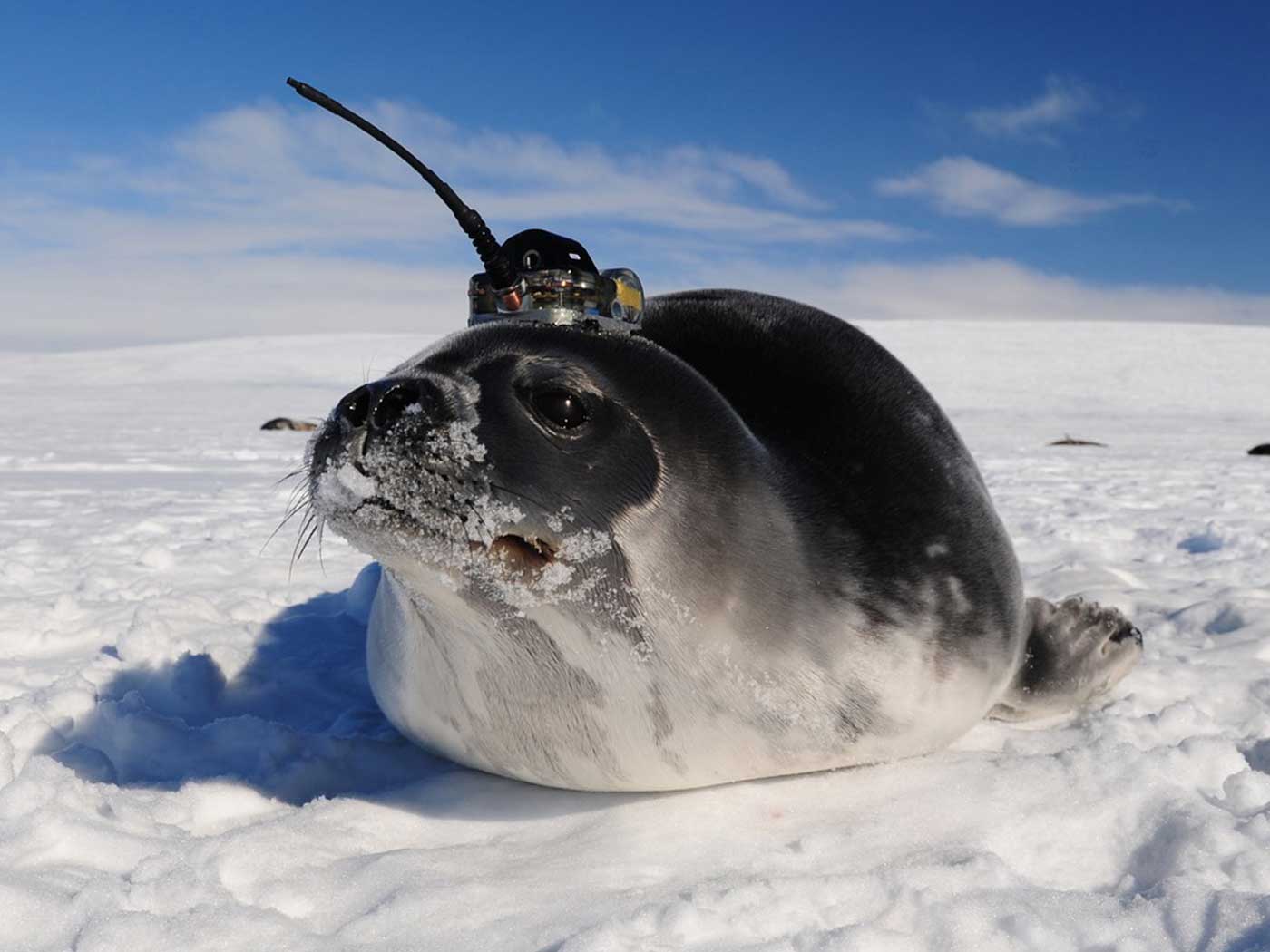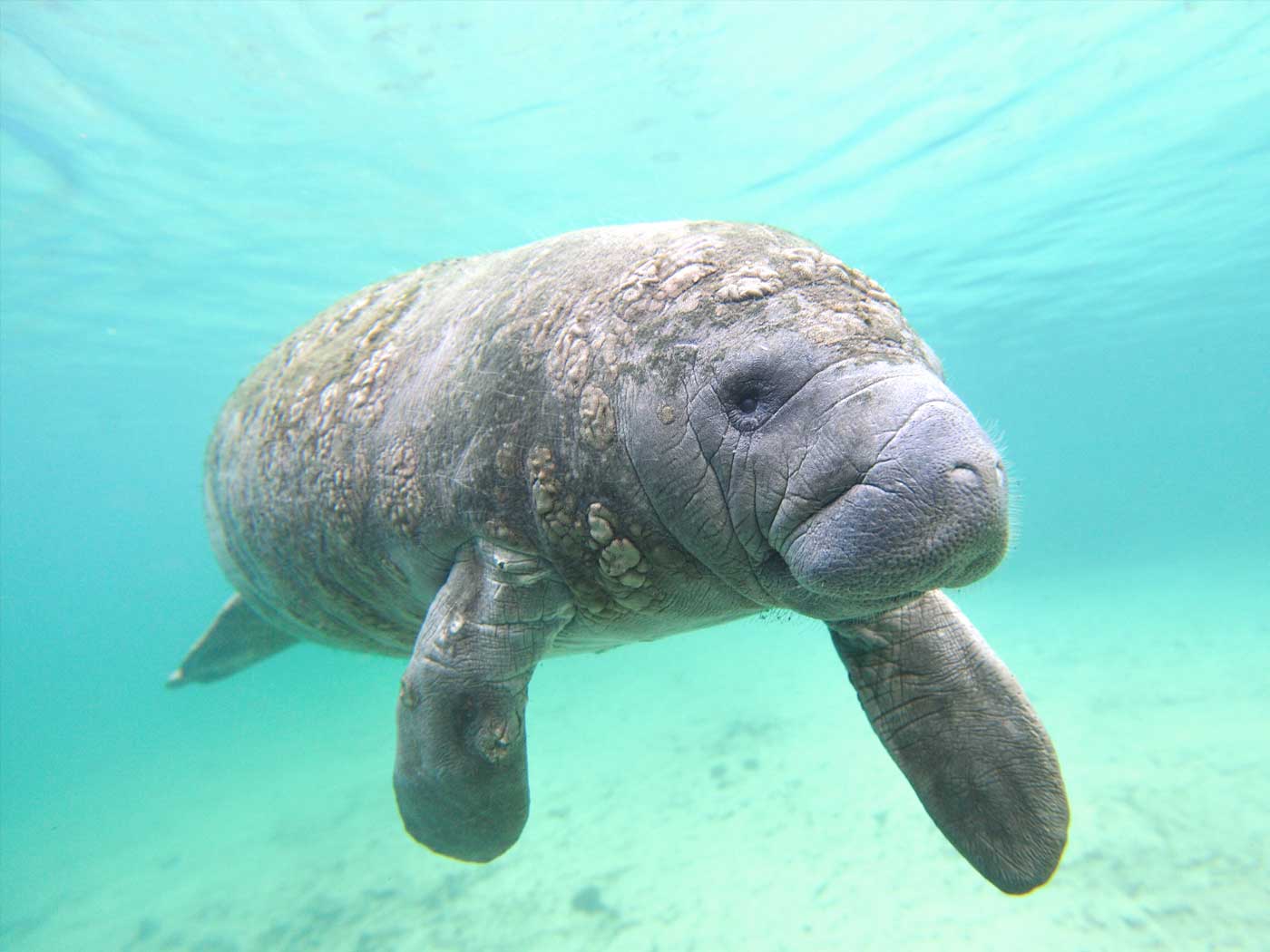Seawater contains a variety of salts, and when seawater evaporates, these solids are left behind. The most abundant salt in seawater is sodium chloride (NaCl) which will be referred to in this article simply as salt (technically it is called halite).
Layers of salt occur naturally in the geologic record, comprising an abundant source of salt for human consumption worldwide. Today, some salt deposits are land derived, as when salty water seeps from the rocks of Grand Canyon, evaporates and leaves a salty residue. Others are related to enclosed coastal lagoons, which fill up with seawater during a storm, but whose waters are trapped and evaporate between storms. Thus, salt deposits are classed as evaporites.
If a basin of seawater 100 feet thick were to evaporate, only about 2 feet of salt would be left behind. Can seawater evaporation account for all "evaporites"? If so, multiplied millions of years would be necessary for their build up, for some salt beds are extremely thick and wide. The salt deposits often occur in layers covering thousands of square miles with salt hundreds of feet thick.
Old earth uniformitarian thinking postulates an enclosed basin or coastal lagoon which repeatedly floods and evaporates over long periods of time, allowing thick deposits of salt to build up. The mind boggles at huge basins undergoing identical cycles of flooding and evaporation uncountable times, all the while remaining in the same location for millions and millions of years. By contrast, modern lagoons fill in, migrate, erode—there is no long-term stability for coastal features.
The regionally extensive salt beds in the geologic record are quite different from evaporites forming today. Seawater contains many chemical and mineral impurities as well as both single-celled and multi-celled plants and animals and any exposed dry lagoon will be an active life zone. Thus, modern evaporites are quite impure. But the major salt deposits in the geologic record are absolutely pure salt! Salt mines simply crush it and put it on the store shelf. Surely these large, pure salt beds are not evaporated seawater. Some other process must have formed them.
As with many features in geology, catastrophic views are replacing the old, impotent uniformitarian ones. Many have observed that the large salt accumulations occur in basins formed by major tectonic downwarping, often associated with ancient volcanic eruptions. The evidence does not fit with the idea of a trapped lagoon. Where are the fossils? Where are the impurities?
Many now think the salt was extruded in superheated, supersaturated salt brines from deep in the earth along faults. Once encountering the cold ocean waters, the hot brines could no longer sustain the high concentrations of salt, which rapidly precipitated out of solution, free of impurities and marine organisms.
The great Flood of Noah's day provides the proper context. During the Flood, great volumes of magma, water, metals, and chemicals, were extruded onto the surface from the depths of the earth, as the "fountains of the great deep" (Genesis 7:11) spewed forth hot volcanic materials. Today we find them (especially salt) interbedded with Flood sediments, just as the "Back to Genesis" model predicts.
* Dr. Morris is President of the Institute for Creation Research.
Cite this article: Morris, J. 2002. Does Salt Come from Evaporated Sea Water? Acts & Facts. 31 (11).




















